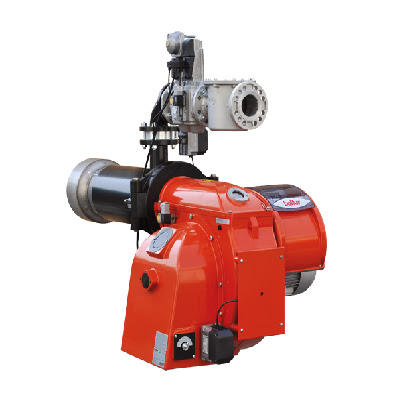Baltur Industrial Burners
Weight :- 287 kgKilowatt :- 5001-10000 Kw
Industrial Burner-Technical Descriptions:
- Gas burner compliant with European standard EN676. Electronic operation at two progressive stages.
- Continuous modulation operation by installing P.I.D. controller in the control panel (to be ordered separately with modulation probe).
- Modulation ratio 1:8.
- Gas burner with low NOx and CO emissions in accordance with European standard EN676: class 2.
- Regulating combustion air and blast-pipe.
- Combustion air intake with throttle damper. Air flow adjustment with electric servomotor.
- Fully closing air damper on shutdown to avoid loss of heat through the chimney.
- Maintenance facilitated by the possibility of removing the combustion head without having to remove the burner from the boiler.
- Sliding boiler coupling flange to adapt the blast-pipe to the various types of boilers.
- Easy maintenance thanks to the two-sides hinge which allows the removal of the combustion head without having to remove the burner from the boiler.
- CE version gas train is complete with butterfly valve, operation and safety valve with electromagnetic drive, valve tightness control, minimum pressure switch, pressure regulator and gas filter.
- Fail proof connectors for burner/gas train connection
- Gas train exit: high/low.
- Flame detection by ionization electrode with connector for micro amp meter.
- Control panel equipped either with display showing the working process and with the keyboard for the burner adjustment.
- Electric control board in light aluminum alloy with IP55 protection rating
- 7-pole socket for burner electric and thermostatic supply.
- 4-pole socket for second stage control or for the connection of the PID electronic regulator.

Comments
Post a Comment